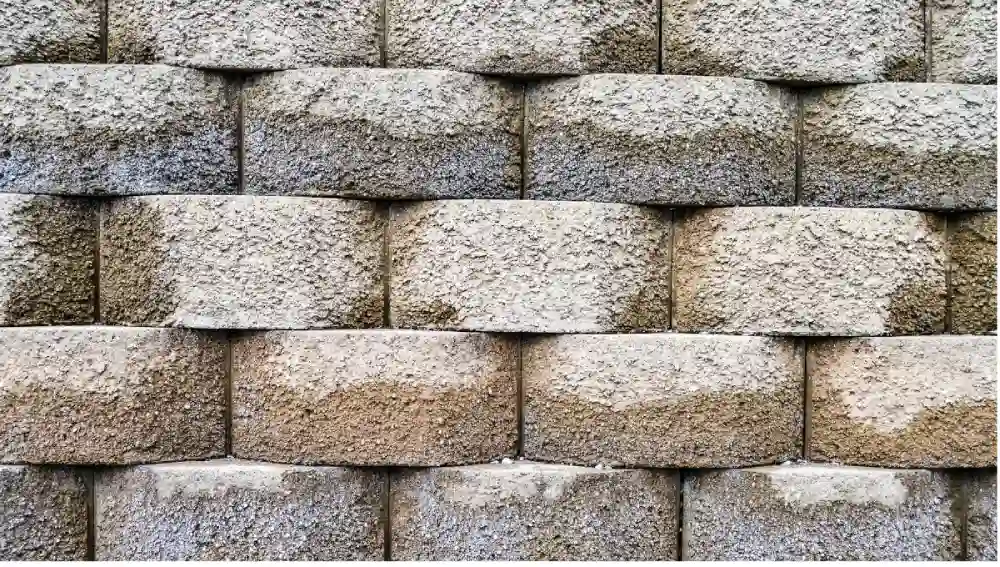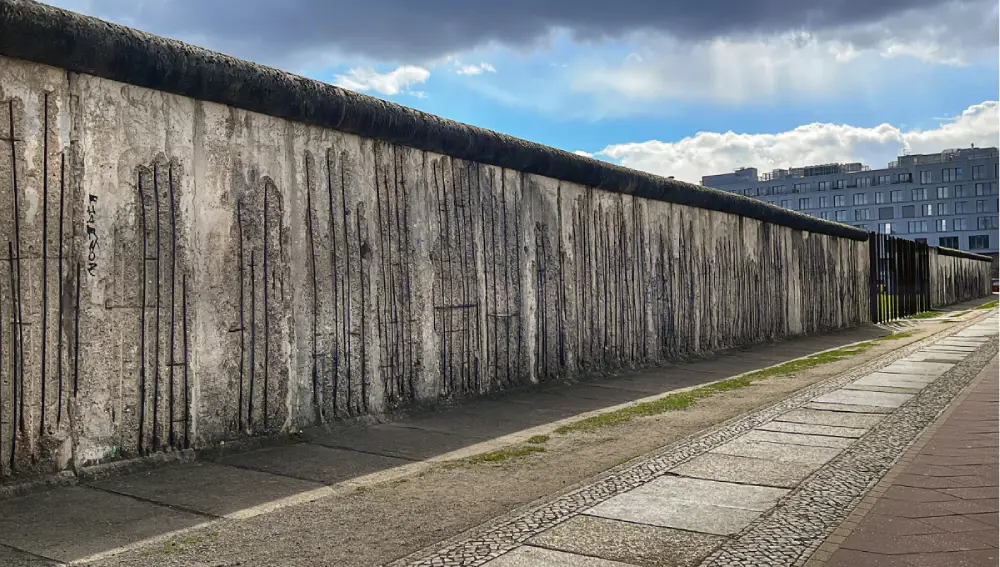If you’re a property owners and builder, looking to learn something more about boundary wall, and add aesthetic value to the properties, you’re landed in a right space. Boundary walls are vital as they mark property lines, ensures safety, and add value to homes and businesses.
Building a boundary wall requires careful planning. You must choose the right materials and follow local codes and regulations. Design and material choices can vary based on budget, purpose, and style. So, each boundary wall is unique. A well-built boundary wall is important for any property which adds to its beauty. This applies to private homes, industrial complexes, and public institutions.
What is the Boundary wall construction?

Any structure built along or near the edge of a property to define its borders is called boundary wall. This can include walls, fences, or other types of enclosures. These walls often incorporate security features like spikes, barbed wire, razor wire, or even electric fencing to enhance safety.
When it comes to designing boundary walls, many property owners choose to add cladding for a more attractive appearance.
Cladding involves applying a layer of decorative materials such as tiles, marble, or Shera panels over the masonry wall. This is especially popular for enhancing the look of institutional buildings and grand bungalows, where stone cladding is commonly used for its elegant finish.
Diverse materials are used to construct boundary walls such as,
- Bricks
- Concrete
- Cement
- PVC Board
- Wood
- Steel
Why it’s important to put boundary wall construction?

If you are planning to build a boundary wall, you need to know the importance of constructing the boundary wall on your property. Here are a few important points to know why you need to build a boundary wall.
1. Security:
- It is the most important factor for an individual or a family. By building the boundary wall, it serves as a first line of defense. Nowadays boundary walls are constructed with security alarm systems that serve different security needs.
- From the basic alarm system to the modern technology, each system differs from one another with its unique feature.
2. Safety:
- For families who are living with children and pets, the boundary wall acts as a physical barrier to them.
- To avoid unauthorized individuals who create problems with the owner. Sometimes trespassers may walk on the road and will have eyes on what is happening inside which can create the chances of theft.
- It is better to build a strong boundary wall to have a safer life.
3. Visual Appeal:
High-quality construction and attention to detail ensure that the wall not only serves its functional purpose but also adds aesthetic value. The choice of colors should complement the surrounding environment.
Quality materials such as natural stone, brick, concrete blocks, or metal can give unique textures and finishes that greatly enhance the wall’s appearance.
Lighting can highlight these design features, creating an engaging visual effect, especially at night.
4. Noise Reduction:
- The main source of noise rises from the line of sight. By blocking the view with the help of the wall, noise pollution is reduced. The remaining amount of noise reduction depends upon the material you choose for the boundary wall.
- It is better to choose cement bricks than wood which is built with a double wall as it removes the unwanted noise from the traffic.
5. Privacy:
- Privacy is one of the important factors for every individual as it denotes fundamental human rights and freedom. Installing boundary walls creates a private space for an individual and protects them from the prying eyes of neighbours and trespassers.
Benefits of Putting boundary wall
- Doing a cadastral survey (knowing the property boundaries through a survey), helps to maintain a good relationship between the two landowners.
- It will avoid conflict between the two owners, and they can live without worry.
- It helps you to extend your outdoor space and provides more space for your privacy.
- Having a double-coated wall constructed of bricks may reduce traffic noise.
- It prevents unsafe conditions from being a chance of theft or allowing trespassers.
Step by Step process to construct boundary wall
Building a boundary wall will enhance your property’s privacy, and security and give it an elegant look. To build boundary walls, you need to know the step-by-step process to install boundary walls. Here are a few steps to build the wall.
1. Planning and Legal Compliance
- Plan to decide with the height of the wall, which material is suitable, how much thickness is required, and selection of style according to your building.
- Get approval from the necessary authorities before installing a wall.
- If the wall is on shared boundaries, then raise the Party Wall Agreement to share equal expenses with neighbours.
2. Material Acquisition
- The selection process depends on the material you choose to build the wall.
- You can choose materials like wood, stones, cement, and bricks to install the wall.
- Buying bulk materials helps to reduce costs, but note that if you have enough space to store these things.
- Depending on the design, additional materials such as paint, rebar (steel rods), sand, and cement may be required.
3. Preparing the Site
- At the marked location, dig a trench accurately in the site.
- Dig the trench in the measured way based on the wall height and soil condition.
- Mix the concrete mixture and pour it into the trench according to your plan in the correct proportions to get a solid formation.
4. Building the Wall
- If concrete sets to solid formation similar to Concrete Wall Panels, then start to build the wall with the required materials.
- Walls can be raised according to your plan.
- Make the plan lively to get an accurate rate of your plan.
- If you are facing any queries or problems at the time of construction, clarify them with civil engineers.
5. Installing Additional Features
- The main reason to construct boundary walls is for safety purposes.
- Adding additional features like CCTV, seating area, and water features can help you spend your time in a relaxed way.
6. Maintenance
- Building a wall is an easy task, but maintaining it is a crucial part of the proper functionality of the boundary wall.
- If you constructed the wall, it should be maintained in good condition to last forever.
- Keeping plants in the wall looks decorative, it should be maintained regularly to avoid overgrowing towards the wall.
- Better paint a wall and maintain it for long-lasting years.
So, these are the things you need to know before constructing the boundary wall.
Conclusion
Boundary wall construction is a critical aspect of property development, providing security, privacy, and aesthetic appeal. Several factors, including the plan structure, wall height, and materials used, influence the cost and design of a boundary wall.
These elements can result in a wide range of prices, making considering budget constraints and specific needs essential. For any type of hassle-free construction, look no further than Brick and Bolt, your trusted construction partner.
FAQs
In India, the cost of constructing a boundary wall depends on the structure plan and the height of the wall, which typically ranges from 2 to 4 feet. The price for constructing a boundary wall can vary from Rs. 60 to Rs. 500 per square foot, depending on the materials and design chosen.
The minimum height of the boundary wall is 4 to 5 feet. It should get approval from the official before constructing the wall. If it is a shared wall, then notify your neighbour to share expenses. If it is not a shared wall, then your neighbor cannot build anything on the wall.
The thickness of the boundary wall depends on the factor you choose:
Stone – 8 – 24 inches
Bricks – 4 – 12 inches
Concrete block – 4 – 8 inches
Wood – 1 – 2 inches

